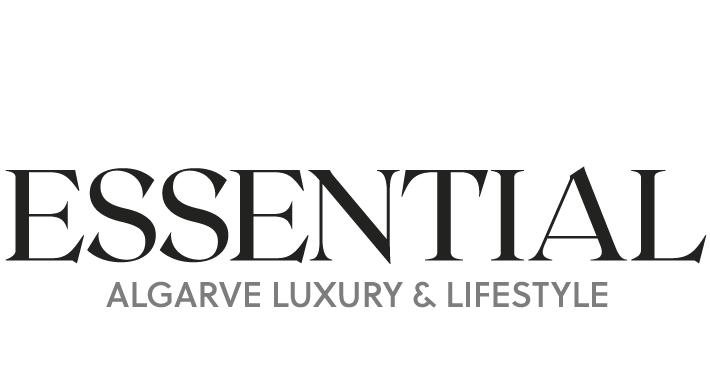Many areas of the wine industry are changing fast, reacting to new technologies, new forms of retailing and the effects of climate change
An evolution is occurring within a more informed consumer environment, where the global trend is to drink less, but better. This consumption is increasingly taking place in social or sharing environments rather than ‘solitary’ ones. Enormous opportunities are emerging for wine brands to engage consumers through more imaginative forms of labelling. The industry is taking on the challenge to make an impact through labels that show innovation in both design and technology.

Wine is a serious industry but, for entry or medium level wines, some brands are confident to try a little humour. Niepoort Diálogo, for example, has a witty cartoon story on a label which wraps round the bottle of red wine. In Portugal, improvements began with better label design, and the use of simplified, more contemporary logos and fonts. Then came some linguistic pruning, with simpler brand names and a more discrete presentation of Portugal’s complex grape variety names, as marketers begin to target international markets. The most forward-thinking brands are now designing labels for the Instagram generation that will look good online.
Despite this embrace of modernity by an industry sometimes seen as conservative, the provenance of a wine remains as important as ever — and it must be transparent. Wine is about the terroir in which it is produced and the people who make it. Talented story telling can provide good leverage here. A label which speaks volumes is that of Três Bagos wines, part of the Lavradores de Feitoria range. This wine is made from three grape varieties, grown at three different wine properties. The best Douro wines are often blends, and this label gets the idea across with an elegant and simple design.

Another area of concern to an increasing number of consumers — particularly younger ones — is sustainability. Not only must the label itself be sustainable, with no use of plastic, and the employment of eco-friendly paper, inks and glue, but equally the label of the future will now more often contain some kind of climate information: is the wine made using sustainable farming methods in the vineyard; at a ‘green’ winery with advanced water management; bottled in lighter bottles with a lower carbon footprint?
Augmented reality or wine infotainment
Perhaps one of the most exciting developments we can look forward to in bottle labelling is the use of augmented reality actioned by apps on our smartphones. Another silly invasion of our already tech-crammed lives? I do not think so. Picture this: you are walking down the aisle of your favourite wine store. You stop in front of a brand with a catching name and see the invitation “Use your smart- phone and augmented reality to find out more about this wine”. A moment later you are watching a video of the wine maker describing what makes his red wine so special; then, you move on to the next bottle on the shelf, a white from the same brand, and this time a virtual sommelier in a video explains the best pairings for your wine.
The possibilities are almost endless, switch- ing back and forth between detailed information and entertainment, with one of the keys to success for the wine brand being the provision of different video interactions on different labels, to generate brand empathy and encourage the consumer to sample the entire range.
With augmented reality technology, the small-scale, restricted format of a traditional wine bottle label becomes obsolete. The brand can now provide infinitely more information about the wine, in an entertaining and engaging manner. This eye-catching technology has already been successfully tested in retail out- lets by an Australian company, Treasury Wine Estates, with its 19 Crimes brand. Targeting a younger consumer, each of the 19 different bottles tells the story of 19 villains who be- came settlers — simply by downloading the app and pointing your phone at the label. It is per- haps not necessary to go quite this far… but think of what could be done in the Douro, for example, with historic wine industry characters such as the Marquês de Pombal or Baron Joseph James Forrester, or even just a video of a famous wine property showing the terraced socalcos vineyards.

The wine industry is today determined not to be left behind when it comes to advances in technology. Augmented reality technology is currently being tested by Symington Family Estates, for part of their Douro Valley still wine range.
Expect some surprising bottles on your local shelves soon!







COMMENTS ARE OFF THIS POST